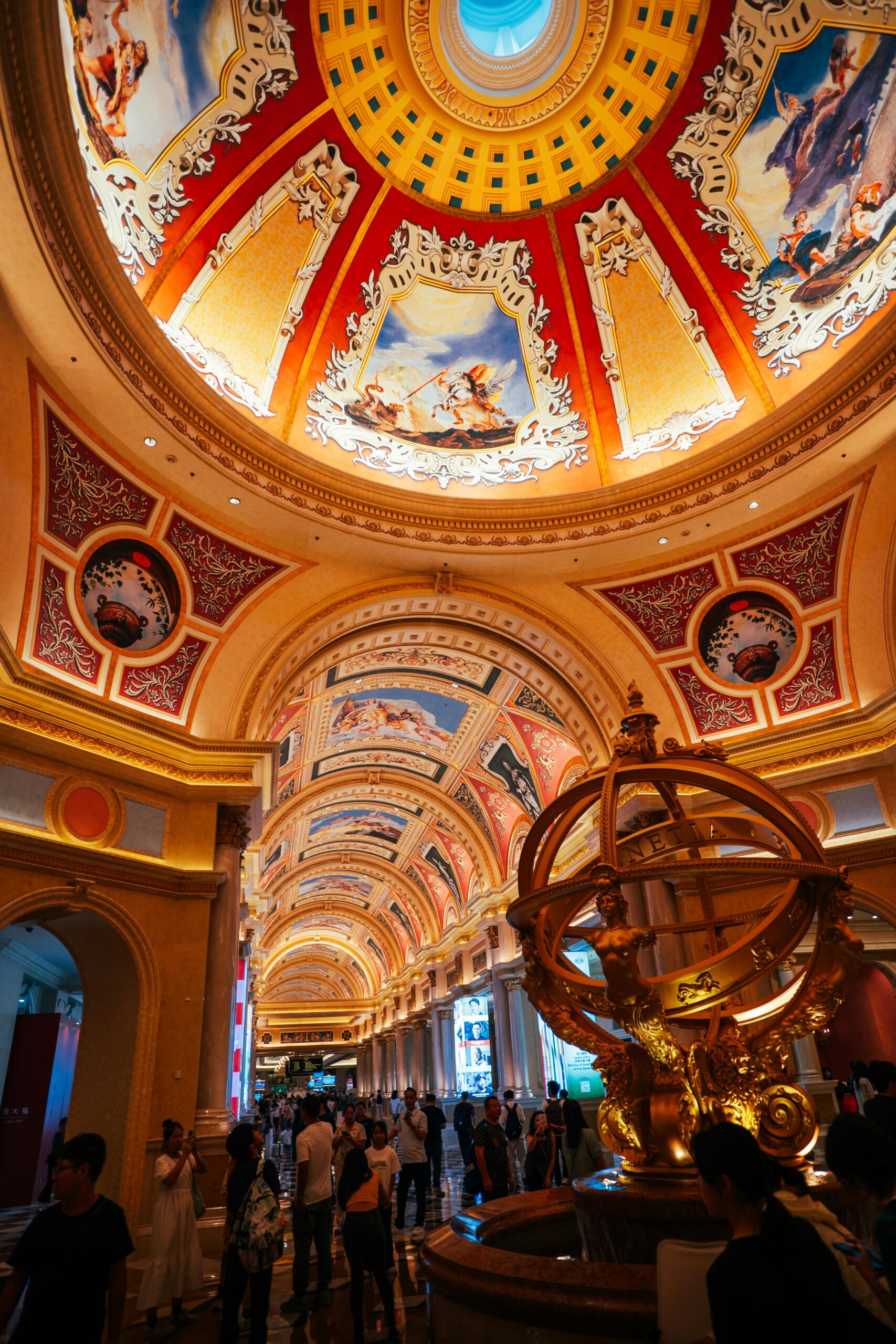Illuminate Your Sanctuary: Advanced Lighting Techniques for Luxury Interior Design
Beyond the bulb: a new philosophy of light
Most people see lighting as an accessory. You finish designing a room, then you add lamps and choose a chandelier. This is the single biggest mistake that separates a pleasant space from a truly luxurious one. In high-end design, light is not an afterthought; it is a primary building material. It is an invisible sculptor that shapes our perception of space, a silent artist that paints mood onto walls, and a powerful tool that transforms a house into an emotional sanctuary. Forget simply illuminating a room so you can see. We are going to explore how to use light to define architecture, evoke deep-seated feelings, and turn your home into a masterpiece of sensory experience. This is where light stops being functional and starts becoming fundamental to the design itself, much like the principles behind understanding architecture as a discipline.
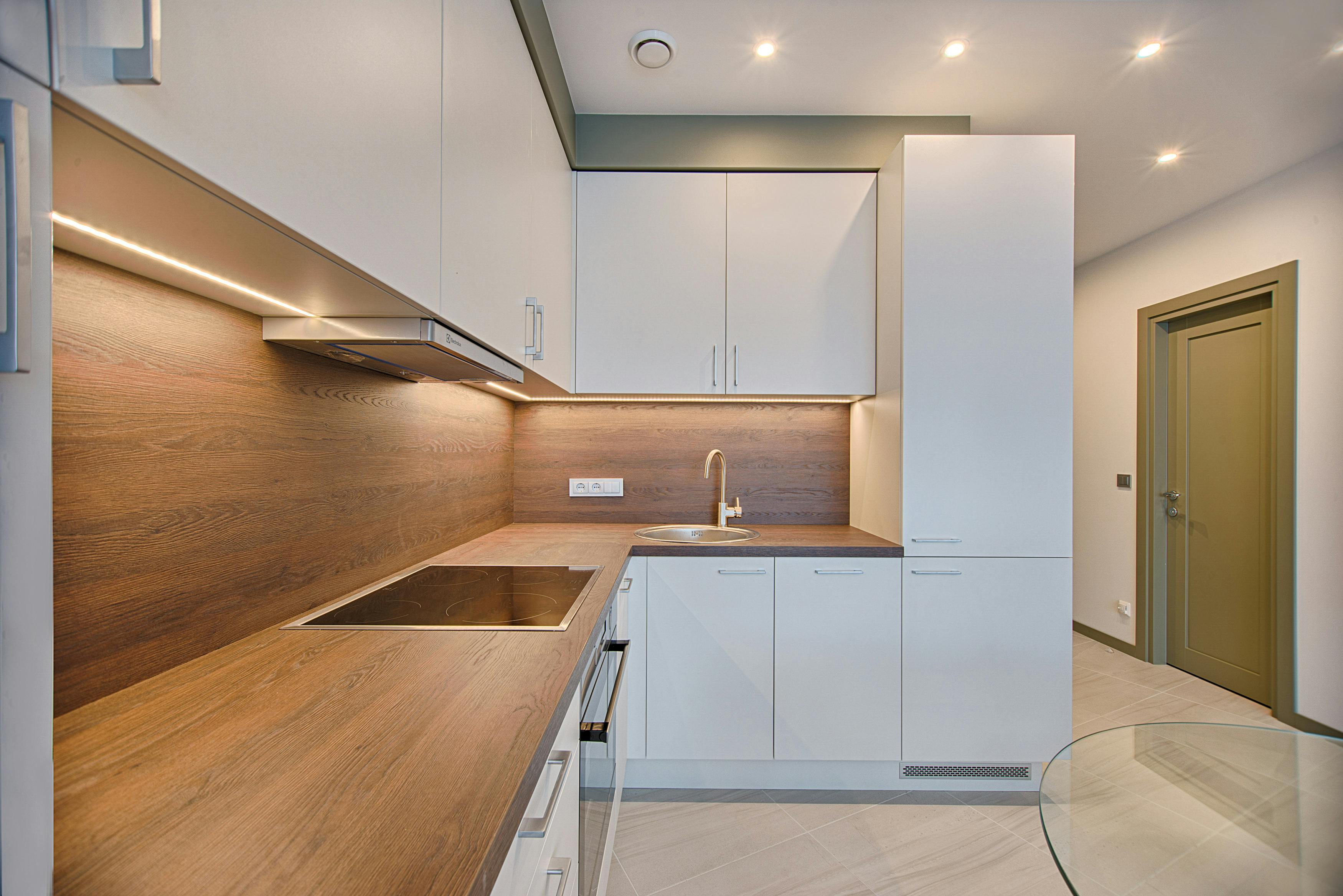
This Photo was taken by Vecislavas Popa.
Moving beyond the three layers of light
You may already be familiar with the classic lighting design model: ambient, task, and accent. Ambient light provides overall illumination, task light helps you perform specific activities like reading, and accent light draws attention to features. While this is a solid foundation, it is merely the grammar of lighting. The poetry, the part that creates awe and comfort, lies in the advanced techniques that integrate light directly into your home’s architecture.
The art of architectural lighting
Architectural lighting treats light sources as an integral part of the building’s structure. The fixture itself is often hidden, allowing the light effect to take center stage. This approach creates a seamless, sophisticated look that feels intentional and clean, perfectly suiting minimalist architecture for home designs.
H4: Cove lighting for an ethereal glow
Cove lighting involves placing linear light strips in a ledge or recess high up on a wall, directing light towards the ceiling. This creates a soft, diffuse, and indirect glow that makes a room feel more spacious and serene. It eliminates harsh shadows and provides a beautiful, even layer of ambient light.
H4: Wall grazing vs. wall washing
These two techniques produce dramatically different effects. Wall washing involves placing fixtures a sufficient distance from a wall to cast a smooth, uniform sheet of light over its entire surface. This minimizes texture and is perfect for creating a clean, expansive feel. In contrast, wall grazing places lights very close to a surface. This technique casts sharp, dramatic shadows that accentuate the texture of materials like stone, brick, or wood paneling. It turns a simple wall into a dynamic feature, adding depth and character.
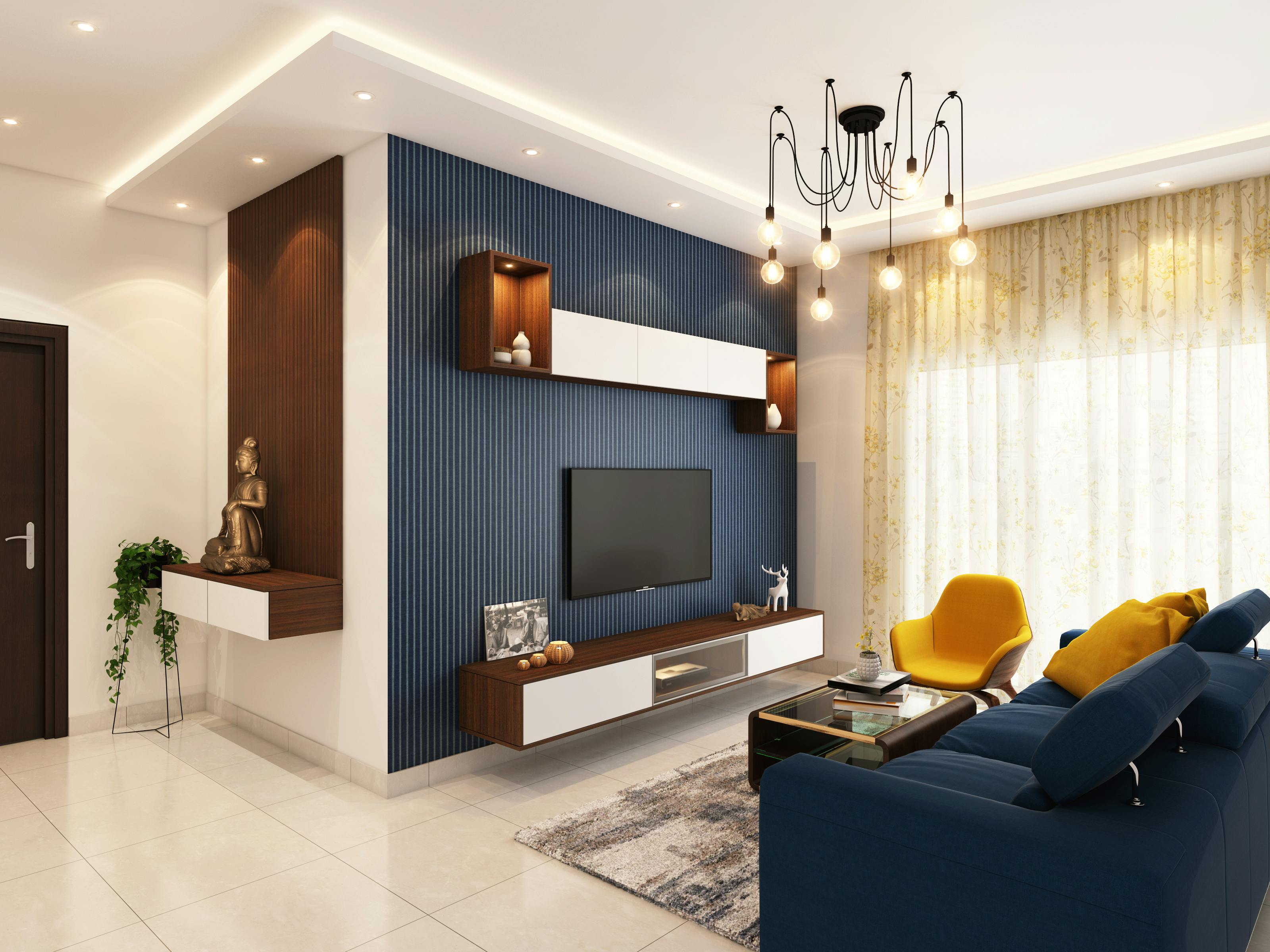
This Photo was taken by Houzlook .com.
The emotional spectrum of light: color temperature and dimming
Light has a profound psychological impact, and controlling its color and intensity is paramount in luxury design. It’s how you shift a room’s atmosphere from a bright, energetic workspace to an intimate, relaxing retreat at the touch of a button. It is a core tenet of biophilic interior design, which seeks to connect us with natural cycles.
Kelvin is king: crafting mood with color temperature
The color of white light is measured on the Kelvin (K) scale. Lower Kelvin values produce a warm, amber light similar to a candle, while higher values produce a cool, bluish light like daylight. Using the right color temperature is critical for defining a room’s function and feel. According to a report by the Illuminating Engineering Society, matching light color to an environment’s purpose can significantly enhance user comfort and performance.
| Kelvin (K) | Light Appearance | Typical Application & Mood |
|---|---|---|
| 2200K – 2700K | Warm, Amber Light | Living rooms, bedrooms, dining areas. Creates a cozy, intimate, and relaxing atmosphere. |
| 3000K | Soft, Warm White | Kitchens, bathrooms. A welcoming yet functional light that renders colors well. |
| 4000K | Neutral White | Home offices, garages, laundry rooms. Promotes focus, alertness, and energy. |
| 5000K+ | Cool, Bluish White | Rarely used in residential settings; mimics bright daylight and can feel clinical. |
The power of the dimmer: from vibrant to serene
In a luxury space, every single light circuit must be connected to a dimmer. This is non-negotiable. Dimming allows for complete control over a room’s ambiance. A key technology to look for is “dim-to-warm” or “warm dim.” Unlike standard LEDs that just get fainter, these fixtures also get warmer in color temperature as they dim, perfectly mimicking the cozy glow of a traditional incandescent bulb.
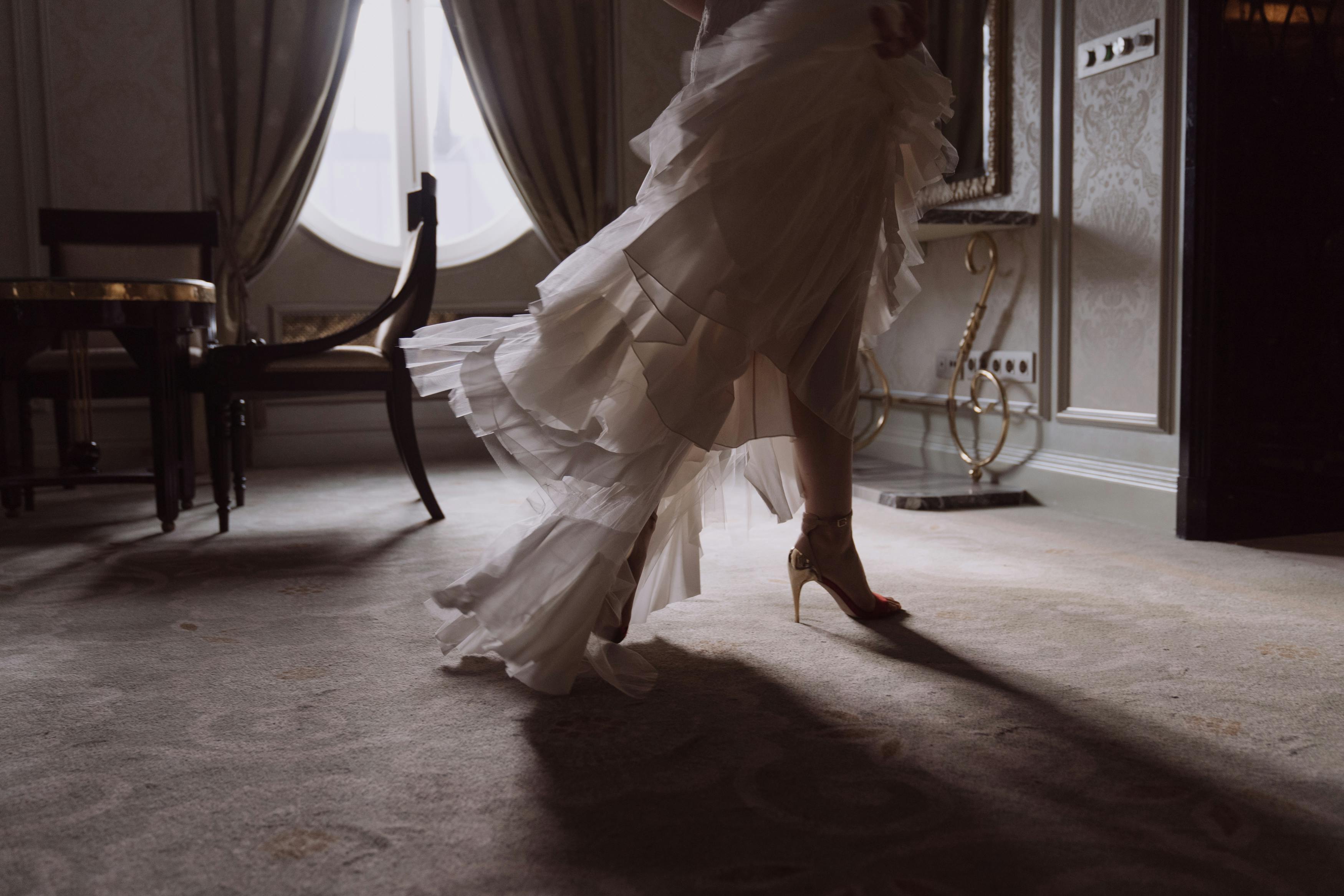
This Photo was taken by cottonbro studio.
The spotlight on luxury: highlighting your treasures
You have invested in beautiful architecture, fine art, and exquisite furniture. Now, you must light them correctly. Precise accent lighting separates amateur design from professional mastery. It guides the eye, creates focal points, and tells a story about what is important in the space.
Pinpointing perfection with adjustable spotlights
Use high-quality, adjustable spotlights with a narrow beam angle (typically 10-25 degrees) to precisely illuminate artwork or sculptures. The goal is to light the object, not the wall around it. This creates a “gallery effect,” making the piece pop with dramatic contrast. The lighting on display at the famous Frank Lloyd Wright’s Robie House is a masterclass in highlighting architectural form. Similarly, a well-lit painting can become a focal point, just as learning about artists like Ken Bailey elevates art appreciation.
The magic of integrated lighting in joinery
One of the ultimate expressions of luxury is lighting integrated within custom joinery. This includes gentle backlighting in bookshelves, focused downlights in display niches, or linear LEDs inside drawers and closets. This technique not only adds immense functionality to spaces like a custom Italian walk-in closet but also highlights the craftsmanship of the cabinetry and the beauty of the objects within, including premier pieces from a luxury furniture maker like Solomia Home. These installations often require expert help from a professional construction company to ensure seamless integration.

This Photo was taken by 晓鸟 蓝.
The intelligence of light: embracing smart technology
The global smart lighting market is projected to grow substantially, reaching over $50 billion by 2025, according to Fortune Business Insights. This trend reflects a demand for lighting that is not just beautiful but also intelligent, responsive, and health-conscious. Staying on top of these trends is part of the art of being cutting edge.
Scene setting with smart controls
Advanced systems from brands like Lutron or Crestron move beyond simple on/off switches. They allow you to program and save specific lighting “scenes.” With a single touch, you can activate the “Dinner Party” scene, which might dim the cove lights to 30%, turn on the spotlights over the dining table, and illuminate the art on the walls. Or a “Movie Night” scene that turns off all but a few low-level floor lights. This level of control, once managed with a complex business architecture management approach in commercial settings, is now elegantly available for the home.
Human-centric lighting: syncing with your circadian rhythm
This is the forefront of lighting technology. Human-centric lighting systems automatically adjust the color temperature and intensity of your lights throughout the day to support your body’s natural circadian rhythm. The light is cooler and brighter in the morning to promote wakefulness and gradually shifts to a warmer, dimmer glow in the evening to prepare you for sleep. This approach, heavily researched by institutions like the Lighting Research Center, promotes well-being and is a key component of a truly modern, eco-luxury home. It can even be integrated with your security, addressing potential problems with home security systems by creating a lived-in look.
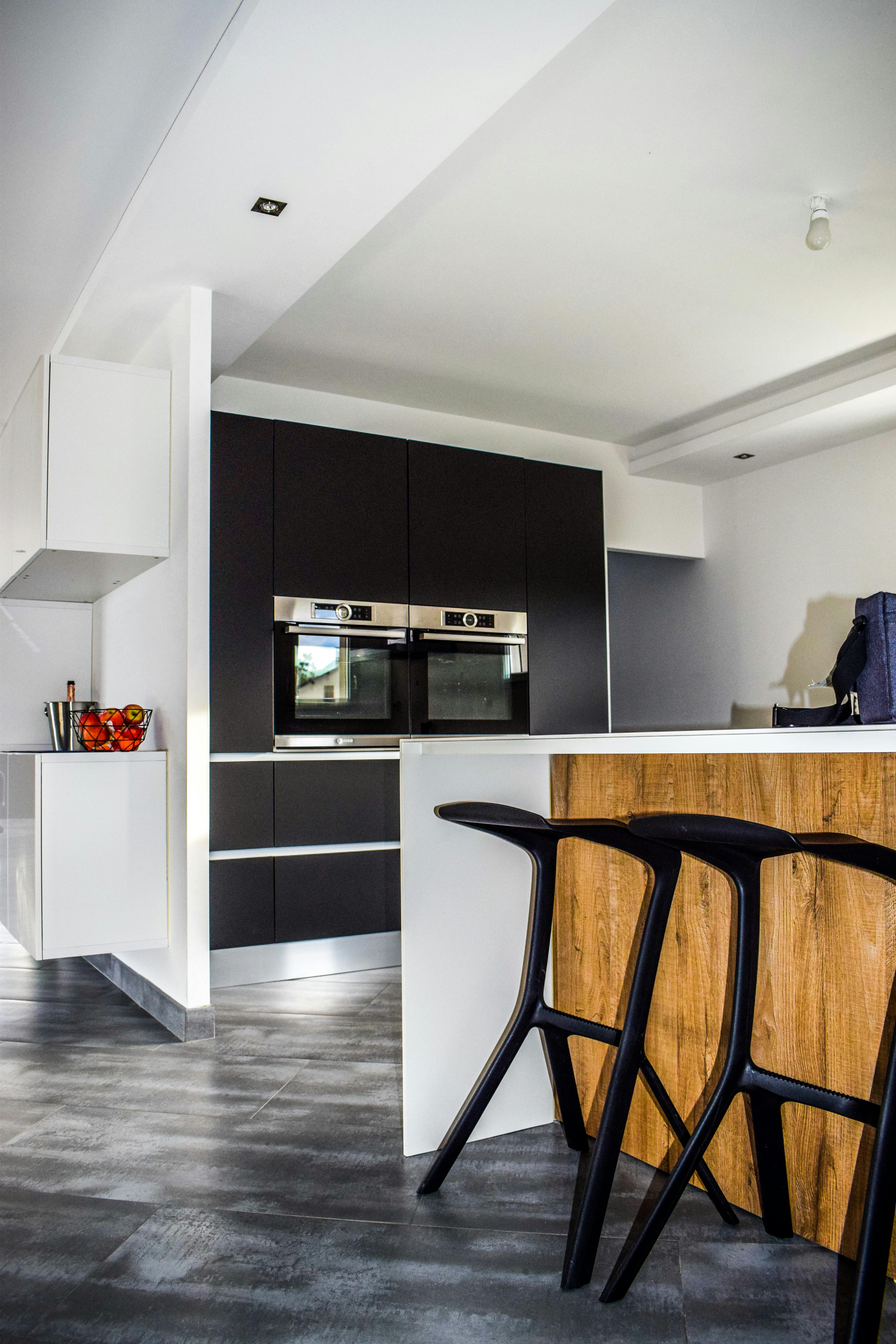
This Photo was taken by Pixabay.
Frequently asked questions about luxury lighting
What is the biggest mistake people make with lighting?
The most common mistake is relying on a single, central ceiling fixture (often called a “builder’s special”) to light an entire room. This creates flat, harsh light and gloomy corners. A successful scheme always uses multiple layers and sources of light to create depth, interest, and functionality.
Is it better to have more small light sources or a few large ones?
Generally, it is far better to have many smaller, strategically placed light sources. This gives you more control and allows you to “paint” with light, creating pools of illumination and areas of gentle shadow. This layering technique makes a space feel richer and more dynamic.
How do I light a room with very high ceilings?
For high ceilings, a multi-layered approach is crucial. Use a statement chandelier or pendant for decorative appeal and scale, but don’t rely on it for all your light. Supplement it with architectural techniques like wall washing to bring the walls to life, adjustable spotlights to highlight art or features lower down, and floor and table lamps to create an intimate, human-scale feel within the larger volume.
Can luxury lighting be energy-efficient?
Absolutely. Modern luxury lighting almost exclusively uses high-quality LED technology, which is incredibly energy-efficient and long-lasting. Paired with dimmers and smart controls that turn lights off when a room is unoccupied, a sophisticated lighting plan is far more efficient than outdated incandescent systems.

This Photo was taken by Sara Free.
Your space, reimagined in light
We have journeyed beyond the simple bulb to see light as it truly is: a transformative design element. The essence of luxury lighting is not found in the price tag of a fixture, but in the meticulous strategy behind its application. It’s in the subtle wash of light that makes a small room feel grand, the dramatic graze that reveals the soul of a stone wall, and the precise pinpoint of light that gives life to a cherished piece of art. It’s about creating scenes and moods that support your life, from energetic mornings to tranquil evenings. By embracing these advanced techniques-by thinking like an architect and painting with light-you are not just illuminating a house. You are elevating it. You are unlocking its full aesthetic and emotional potential, crafting a sanctuary that is uniquely and beautifully yours. This is the ultimate luxury: a home that doesn’t just look stunning, but feels it, too. A home truly reimagined in light, much like one might find in a unique travel destination like a quiet Mediterranean village.
